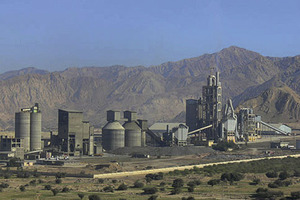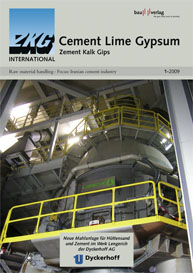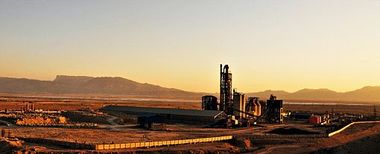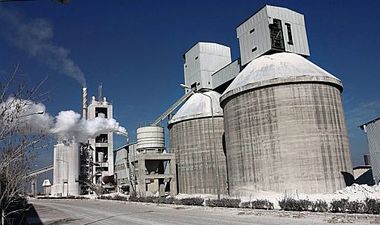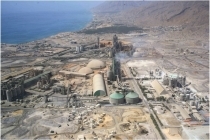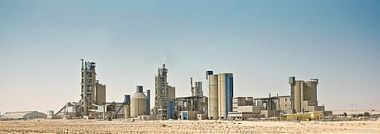Outlook on the Iranian cement industry
1 Introduction
The new Iranian year of 1388, which begins on 21.03.2009, promises to be an exciting one. For one thing, presidential elections are due to take place on 12.06.2009, and the result will set the political and economical direction of the country for the four years up to 2012. Moreover, the development of oil prices is critical for Iran’s economy. In the period 21.3. to 21.08.2008, high oil prices added US$ 43 billion to the national treasury. Experts assume that Iran’s oil economy goes into deficit at an oil price of US$ 58/barrel (US$/b), resulting in the danger of a national deficit, and forcing the government to tap the country’s financial reserves. At present, the oil price is below 50 US$/b. Analysts think it likely that by the 2nd half of 2009 the price will stagnate at 75 US$/b and that this situation will possibly continue until 2010. As a worst case scenario, a price stagnation at 50 US$/b is considered possible. It is clear that this development will have substantial consequences for government investments and investment aid for infrastructure projects, the construction industry and housing construction, and will thus directly affect Iran’s cement industry.
2 Economic development and resources
In recent years, Iran has experienced an impressive economic growth in spite of UN sanctions. Figure 1 shows the economic growth as well as the country’s surplus on current account. This reveals that the economic growth in 2007 was almost 6 %, while the current account surplus had grown to 10.4 % of Iran’s economic performance. These are excellent growth figures when one considers Iran’s restricted international economic relationships, particularly with the West. In fact, Iran was able to implement the most successful bilateral and international...

